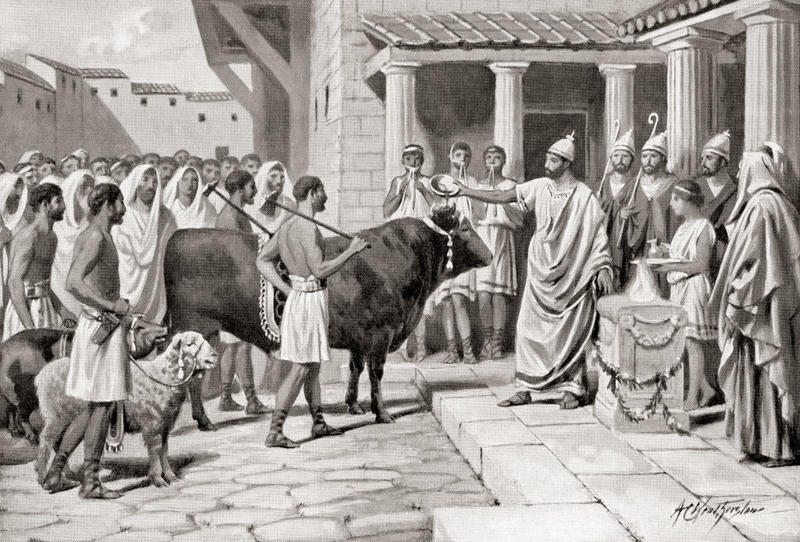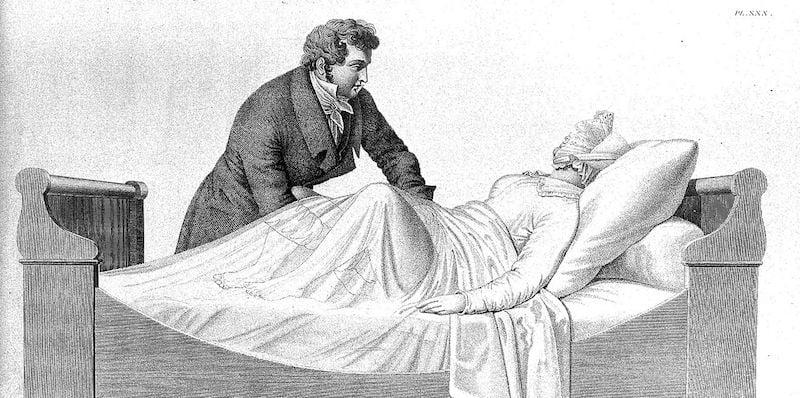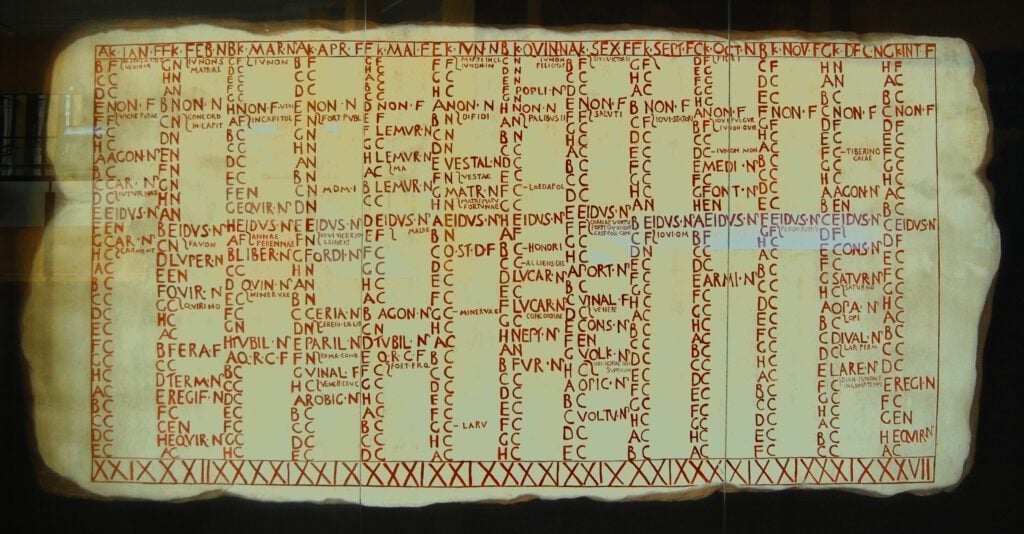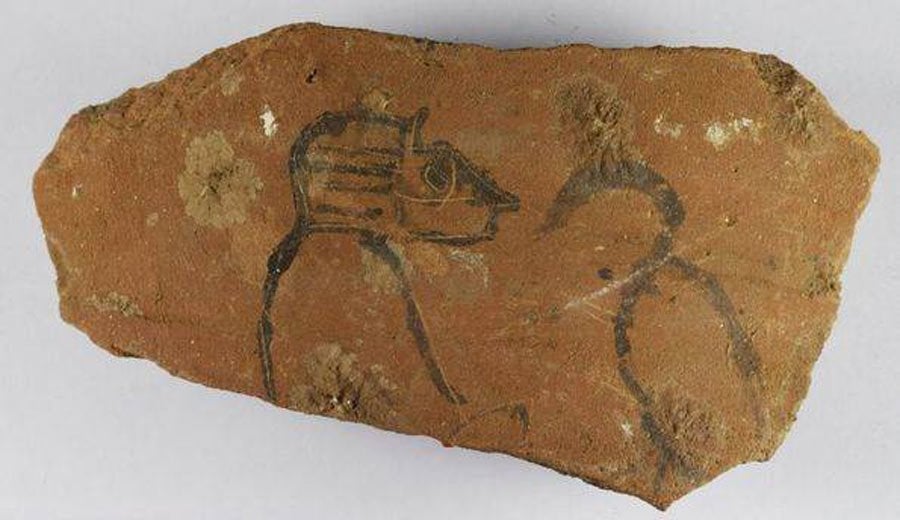Zeno of Citium is the Founder of Stoicism, He Wrote His Own Version of The Republic in Response to Plato’s Work
When we think of Stoicism, we frequently believe of Seneca the Younger, Musonius Rufus, Epictetus, and Marcus Aurelius. While this makes sense given that we rely primarily on their existing writings as pieces of the Philosophical school. But do you know who Zeno of Citium is and what was his role in stoicism? Zeno of […]









